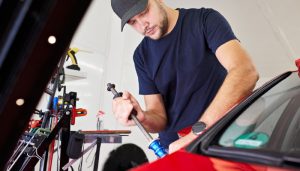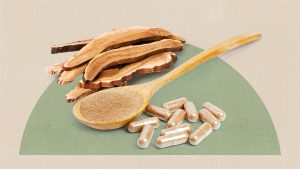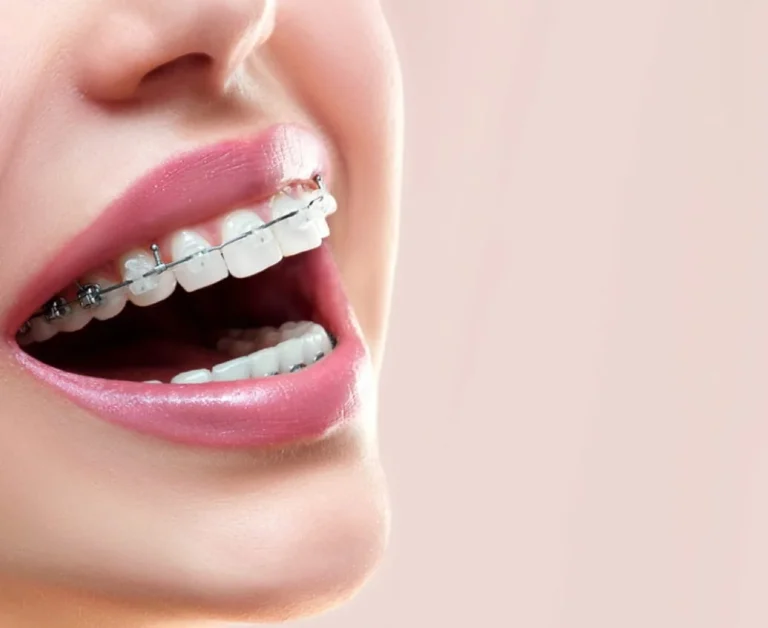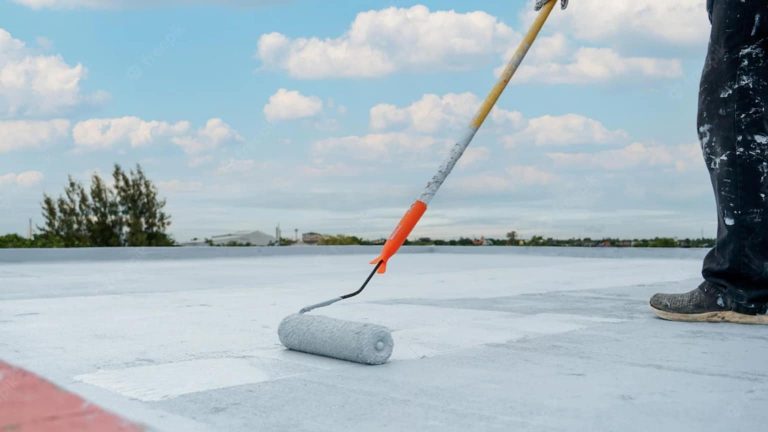When you first see the damage left behind by a hailstorm, it can be hard to believe that you’ll ever get your car or home back to normal again. Your roof will have gaping holes and broken shingles everywhere, your yard will be covered in thousands of dents, and your car will look like it has been hit with hundreds of golf balls at full speed. However, with the hail damage repair denver co, it’s possible to get everything looking like new again in only days sometimes even hours.
Check your insurance policy
If your car is damaged by hail, you’ll want to call your insurance company before you take any action. Your insurer will likely ask for the vehicle’s VIN and mileage, as well as information about the type of damage. The company will then decide whether they need to send someone out or if they can settle it over the phone. They may also request a list of repairs so they know what needs to be done.
Find a reputable hail damage repair company in Denver
Contacting a hail damage repair company is the first thing you should do if your car has sustained damage from hail. The sooner you contact one, the better. If you call soon enough, they can assess the damage and let you know if it’s something that can be repaired or if it will need to be replaced. Plus, they might have deals going on for people who get their cars fixed right away.

Get an estimate
The first step is figuring out how much the hail-damaged roof will cost. You can get a quick estimate by calling a roofing company or going online. The next step is figuring out what your budget is and coming up with a plan for how you’ll pay for it. For example, getting an auto loan may be the best option if you have good credit. Once you’ve settled on financing, it’s time to call your insurance company and make sure that they offer coverage for hail damage repair.
Schedule the repairs
If your home or business has been damaged by a hail storm, it’s important to have the damage repaired as soon as possible. The longer you wait, the more likely that water will seep into the roofing materials and cause mold or other types of damage.











